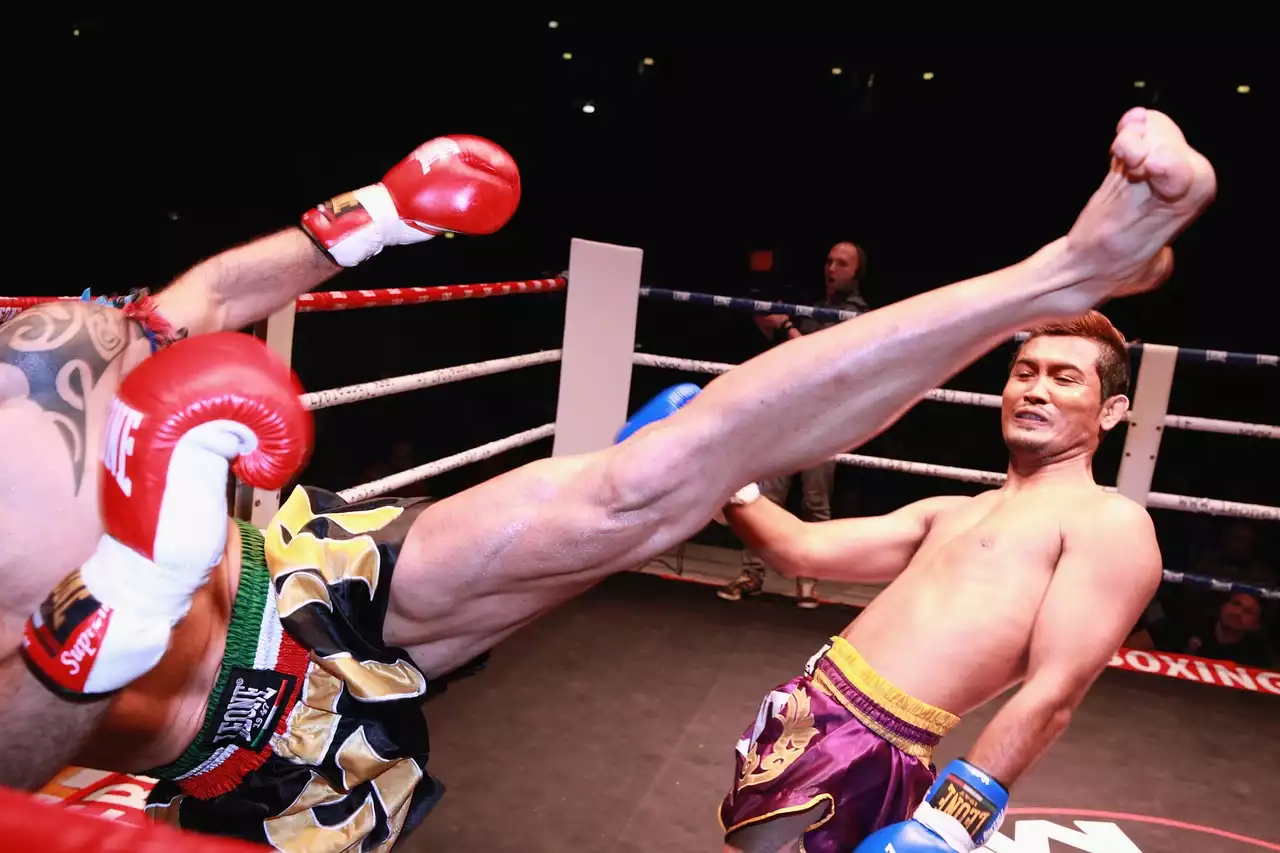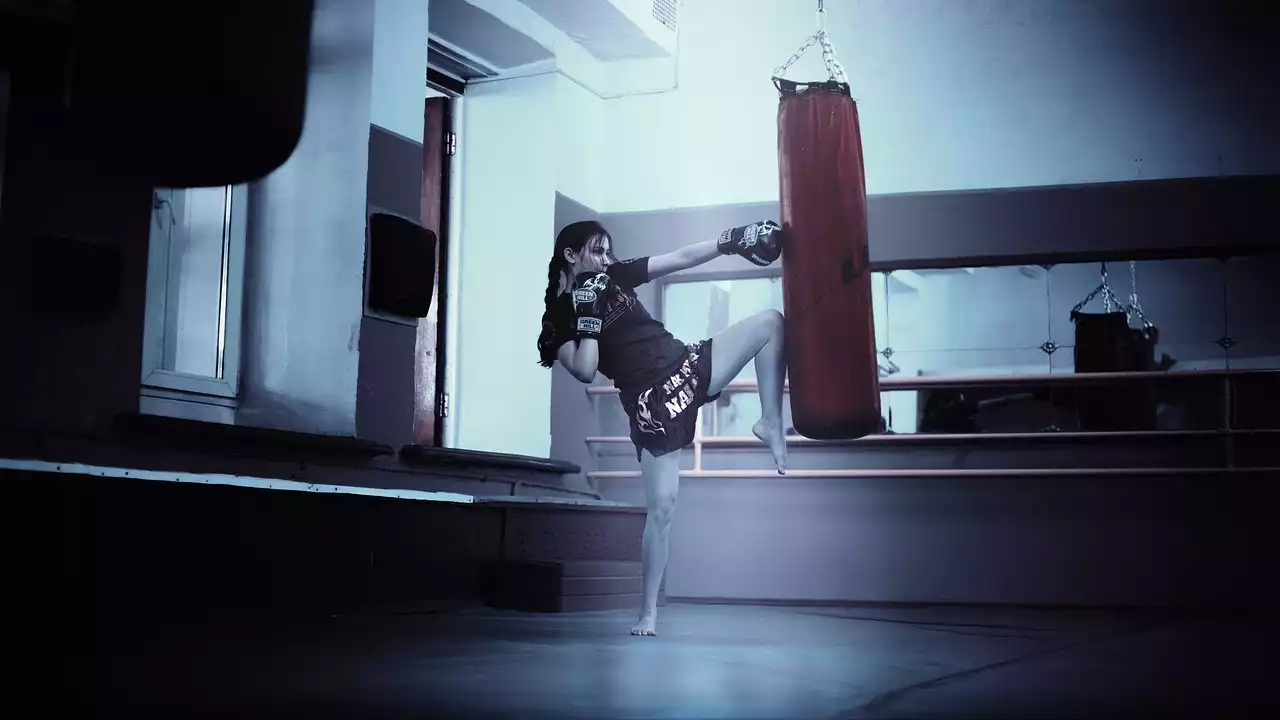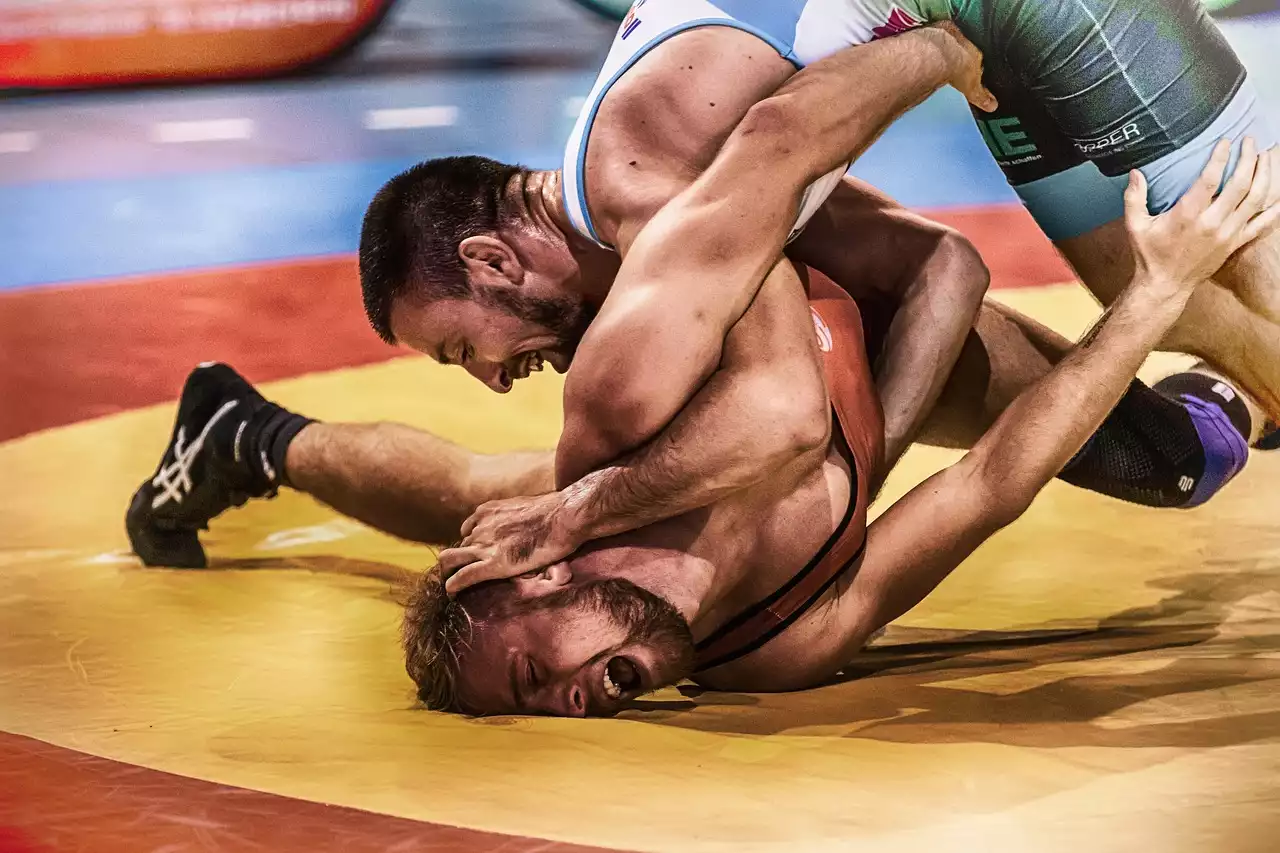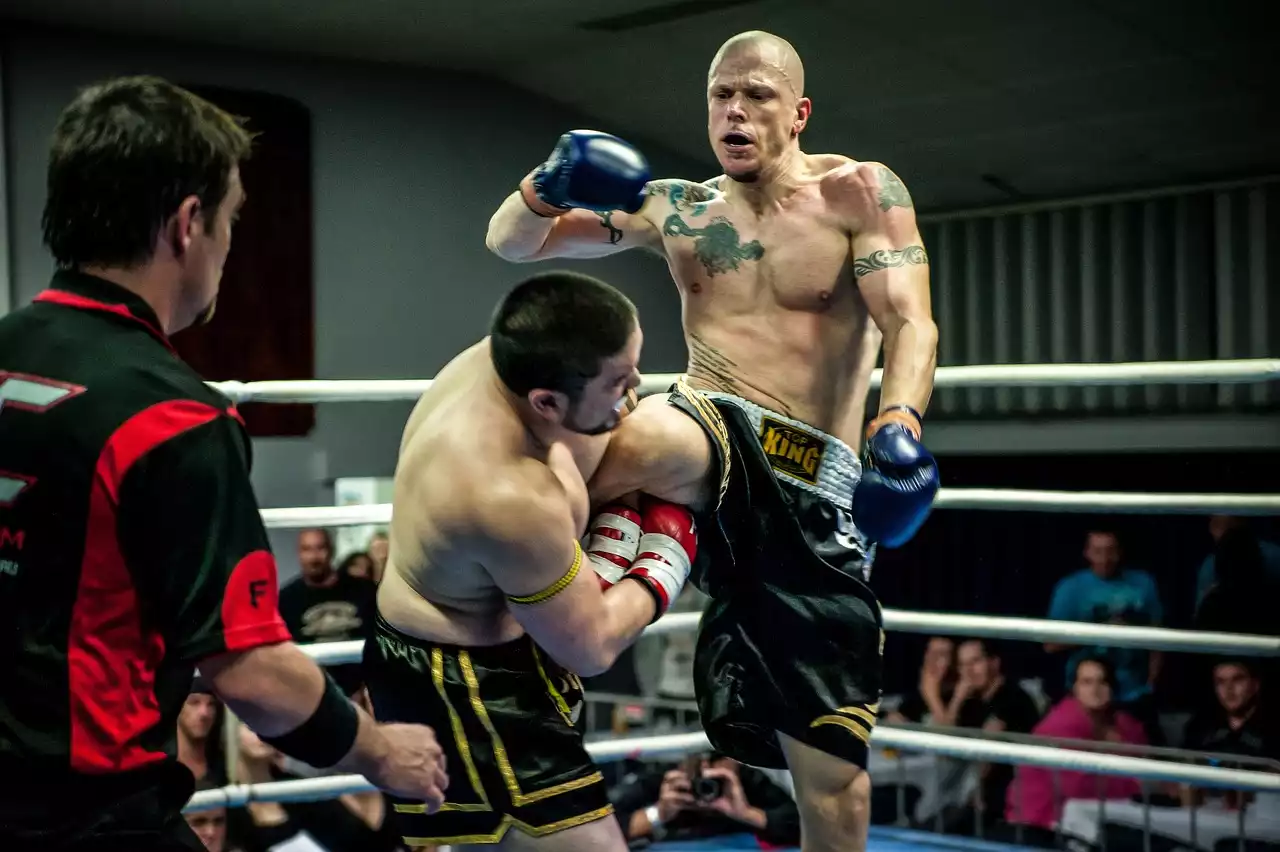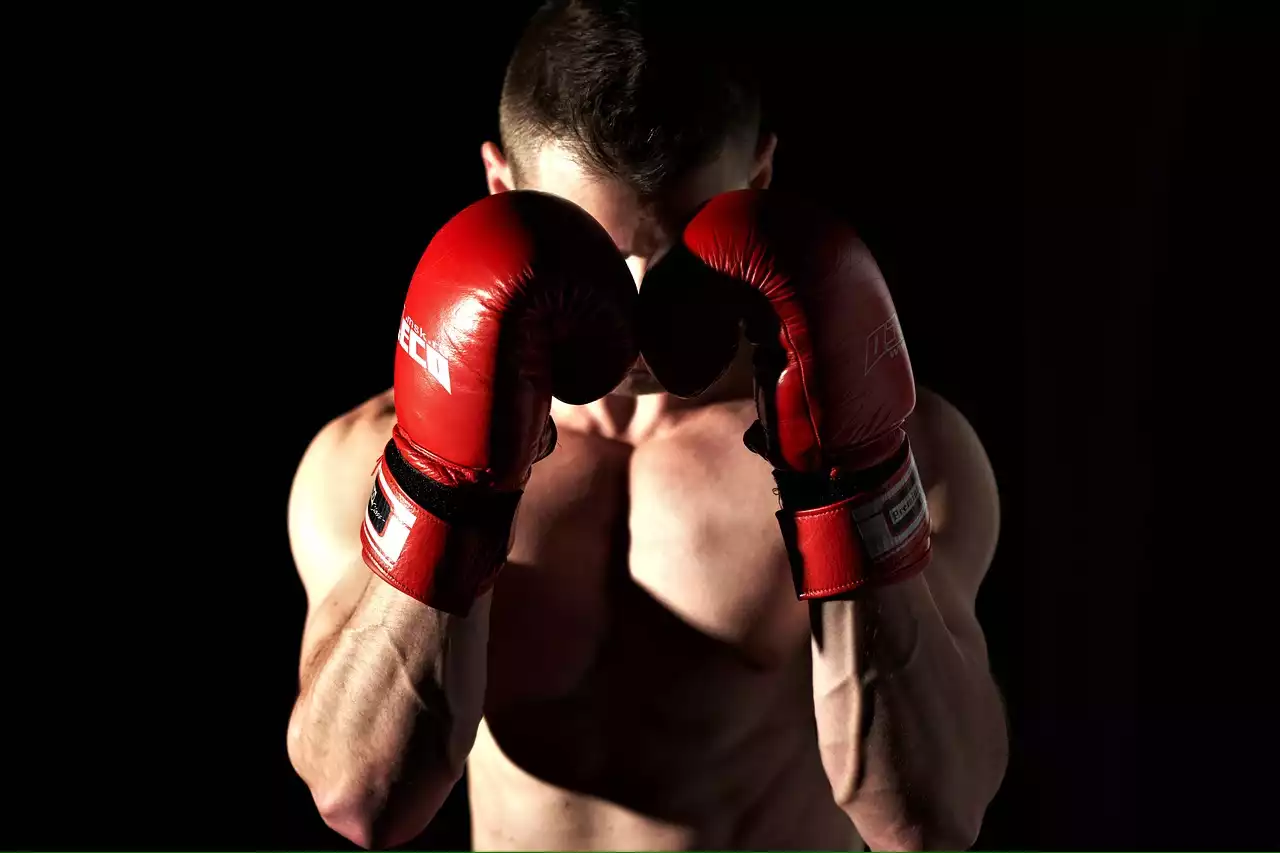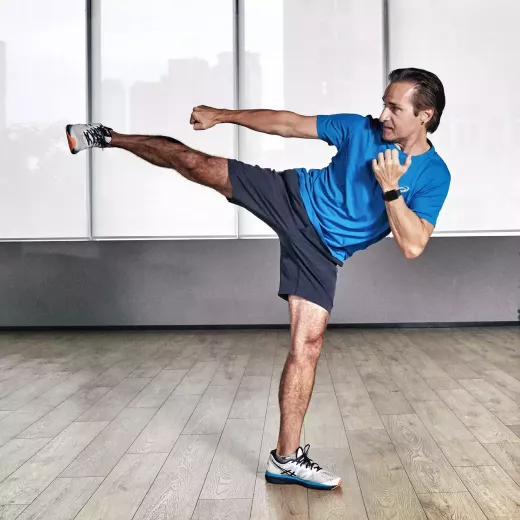The History of Muay Thai and Western Kickboxing
Muay Thai, also known as Thai boxing, is a martial art that originated in Thailand. It is known for its use of knees, elbows, and clinching techniques, and is sometimes referred to as the "art of eight limbs." Muay Thai has a long and rich history in Thailand, dating back over 2000 years. It was developed as a form of close combat that was used by soldiers in ancient Thailand. Over time, it evolved into a popular sport that is now practiced all over the world.
Western Kickboxing, on the other hand, is a hybrid of traditional boxing and karate that originated in Japan in the 1960s. It was developed as a way for martial artists to compete against boxers in a regulated environment. Kickboxing quickly became popular in Japan and spread to other parts of the world, including the United States and Europe. Today, there are several different styles of kickboxing, including American kickboxing, Dutch kickboxing, and full-contact kickboxing.
Rules and Regulations of Muay Thai and Western Kickboxing
While Muay Thai and Western Kickboxing share some similarities in terms of their rules and regulations, there are also some key differences. In Muay Thai, fighters are allowed to use their elbows, knees, and shins to strike their opponent. They are also allowed to clinch, which involves holding onto their opponent and striking them with their knees or elbows. In Western Kickboxing, fighters are only allowed to use their fists and feet to strike their opponent, and they are not allowed to clinch.
Both Muay Thai and Western Kickboxing have weight classes and rounds. In Muay Thai, fights are typically 5 rounds, each lasting 3 minutes, with a 2-minute break between rounds. In Western Kickboxing, fights are typically 3 rounds, each lasting 3 minutes, with a 1-minute break between rounds.
Techniques in Muay Thai and Western Kickboxing
Muay Thai and Western Kickboxing use different techniques to strike their opponents. In Muay Thai, fighters use a variety of strikes, including punches, kicks, knees, and elbows. They also use clinching techniques, which involve holding onto their opponent and striking them with their knees or elbows. Muay Thai fighters are known for their devastating kicks, which are often aimed at their opponent's legs, body, or head.
In Western Kickboxing, fighters primarily use punches and kicks to strike their opponent. They do not use elbows or knees, and they are not allowed to clinch. Kickboxers are known for their fast and powerful kicks, which are often aimed at their opponent's body or head.
Similarities between Muay Thai and Western Kickboxing
Despite their differences, Muay Thai and Western Kickboxing share some similarities. Both sports require strength, agility, and speed, and both require fighters to be in excellent physical condition. Both styles also require fighters to be strategic in their approach, using a combination of offense and defense to outmaneuver their opponent.
In addition, both Muay Thai and Western Kickboxing are popular combat sports that have large followings all over the world. They are both exciting to watch, with high-energy fights that can be won or lost in an instant.
Differences between Muay Thai and Western Kickboxing
The main differences between Muay Thai and Western Kickboxing are in their techniques and rules. Muay Thai allows the use of elbows, knees, and clinching, while Western Kickboxing only allows punches and kicks and does not allow clinching.
In addition, the striking techniques used in Muay Thai and Western Kickboxing are different. Muay Thai fighters use a variety of strikes, including punches, kicks, knees, and elbows, while kickboxers primarily use punches and kicks.
The cultural origins of the two sports are also different. Muay Thai has a long and rich history in Thailand and is deeply ingrained in Thai culture. Western Kickboxing, on the other hand, was developed in Japan and has a more international following.
Which Style is Best for You?
Deciding which style is best for you depends on your goals and preferences. If you are interested in a more traditional martial art with a rich history and cultural significance, Muay Thai may be the right choice for you. If you are more interested in a hybrid sport that focuses on striking with punches and kicks, Western Kickboxing may be a better fit.
It's important to keep in mind that both Muay Thai and Western Kickboxing are physically demanding sports that require dedication and hard work. If you are serious about pursuing either style, it's important to find a qualified instructor and train regularly to build your skills and improve your technique.
Training for Muay Thai and Western Kickboxing
Training for Muay Thai and Western Kickboxing involves a combination of strength and conditioning, technical skill development, and sparring. In Muay Thai, fighters typically train their knees and elbows extensively, as well as their kicks and punches. They also practice clinching techniques and work on their defensive skills.
In Western Kickboxing, fighters focus primarily on their punches and kicks, as well as their footwork and defensive skills. They also work on developing their speed and power, as kickboxing is a fast-paced sport that requires quick reflexes and fast reaction times.
Famous Fighters in Muay Thai and Western Kickboxing
Both Muay Thai and Western Kickboxing have produced some legendary fighters over the years. In Muay Thai, fighters like Buakaw Banchamek, Saenchai, and Samart Payakaroon are widely regarded as some of the greatest of all time. In Western Kickboxing, fighters like Ernesto Hoost, Peter Aerts, and Semmy Schilt have dominated the sport and become household names.
